Canvas Awnings Awnings are external coverings attached to building walls, offering shade for windows, doors,…
What are window awnings?
The exterior of our homes, much like the interior, reflects our personality. Originally, awnings symbolized wealth and conveyed a sought-after style. Nowadays, as we aim to blend indoor and outdoor living, functionality is key, but aesthetics remain equally significant.
You might recall those unsightly, outdated canvas awnings from your grandparent’s era, but fear not—things have evolved since then! In 2021, awnings boast advanced technology in fabrics, frames, and aesthetics, offering a far cry from the eyesores of yesteryears.
What an awning does.
Awnings serve to mitigate the effects of solar energy on your home’s hard surfaces, notably glass. These extensions over windows shield against rain, sun, wind, and snow. Originating in the 19th century with simple metal sheets angled over windows, awnings evolved from wood, cotton, and metal to modern materials like fibreglass, acrylic, and vinyl. Today’s awnings are far more durable and low-maintenance, reflecting advancements in materials and technology.
If you’ve caught our guide on boosting home energy efficiency, you’ll know about the power of awnings. They can cut down up to 80% of direct heat hitting your windows, keeping your rooms cooler for longer. Perfect for those east and west-facing windows getting blasted by morning and evening sun.
Awnings as a stylish home addition.
In terms of appearance, awnings have evolved with the times. Through years of research and development, while the fundamental concept remains unchanged, advancements in fabric, lighter metals, and automation technology mean that there’s now an awning to suit every style preference. And the best part? You can even control your awnings remotely, offering convenience even when you’re away from home!
Regardless of your style preference, awnings can be tailored to match. Whether you lean towards traditional or embrace a modern, minimalist look, custom options abound. From contrasting metals and fabrics to seamless blending with your home’s exterior, the choice is yours.
Where your home is located could also affect the choices you make when it comes to materials.
Fibreglass awnings won’t ever need to be repainted as the colour is a part of the material. You can also choose an opaque or transparent option if you need light but not the elements to enter the home.
Acrylics are a more durable option and won’t damage as easily as a fabric awning might. They don’t fade and actually repel water. This means less chance for those mouldy awnings from our earlier example.
Vinyl awnings might be the favourite for your home as they are more translucent than acrylic awnings and will allow more light to enter the home, perfect for cooler climates.
Styles of awnings.
You are no longer limited to a fabric awning with a scalloped edge and stripes… oh, the stripes. You could choose any of these types of awnings to create a feature in your home or business design.
Patio or Deck Cover Shade Cloths or Sails
Retractable Sidearm/Drop-Arm Awnings
Things to Keep in Mind
Material
As discussed previously all materials for outdoor use will have their own pros and cons. Weigh up all of the options before choosing your materials as it will have an impact on the longevity and usability of your awning.
Size
No matter where you’re considering using your awning always think through how you will want to use it, it’s purpose and whether it will be used effectively at that size.
Usability
How you want to use your awning will also determine the type of awning you choose. Whether fixed, retractable or freestanding you need to determine the how before the what.
Style
Then it really comes down to ‘what does it look like’. When was your house built? What are the features of the home? Are there architectural features that will clash with the awnings? Asking yourself these questions could prevent a costly mistake.
Colour
Try to make sure that the colours you choose blend not only with the exterior décor but also work with your interiors. This will give you an overall cohesive look to your home. On the practical side also make sure the colour choice will still give you the UV protection you’re looking for in an awning.
Talk to a professional
Technology, design and materials are changing often, it’s always a good idea to come talk to a professional to get the most up-to-date information to help with your decisions.
The Extras
There are of course basic models of awnings and then you could get really fancy and add on some real 21st century perks. Awnings have been designed to resist rain, winds, a certain amount of snow, and even hurricanes. If you want a retractable awning, they can be custom designed to be operated manually with a chord or motorized, with a radio, non-radio, or torque-sensing motor. You could even choose to add MP3 speakers, heaters, sensors, (for weather events) and timing controls. You can even have them added to your smart home system and control them from your devices.
There are so many appealing options you can now choose from when it comes to protecting your home from heat and damaging UV rays. Come have a look for yourself at Complete Blinds or give us a call. We’re here to help.

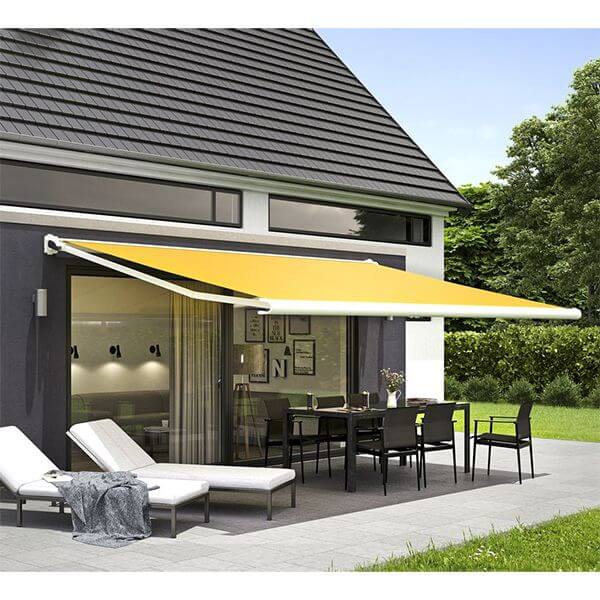
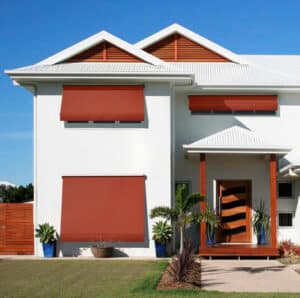
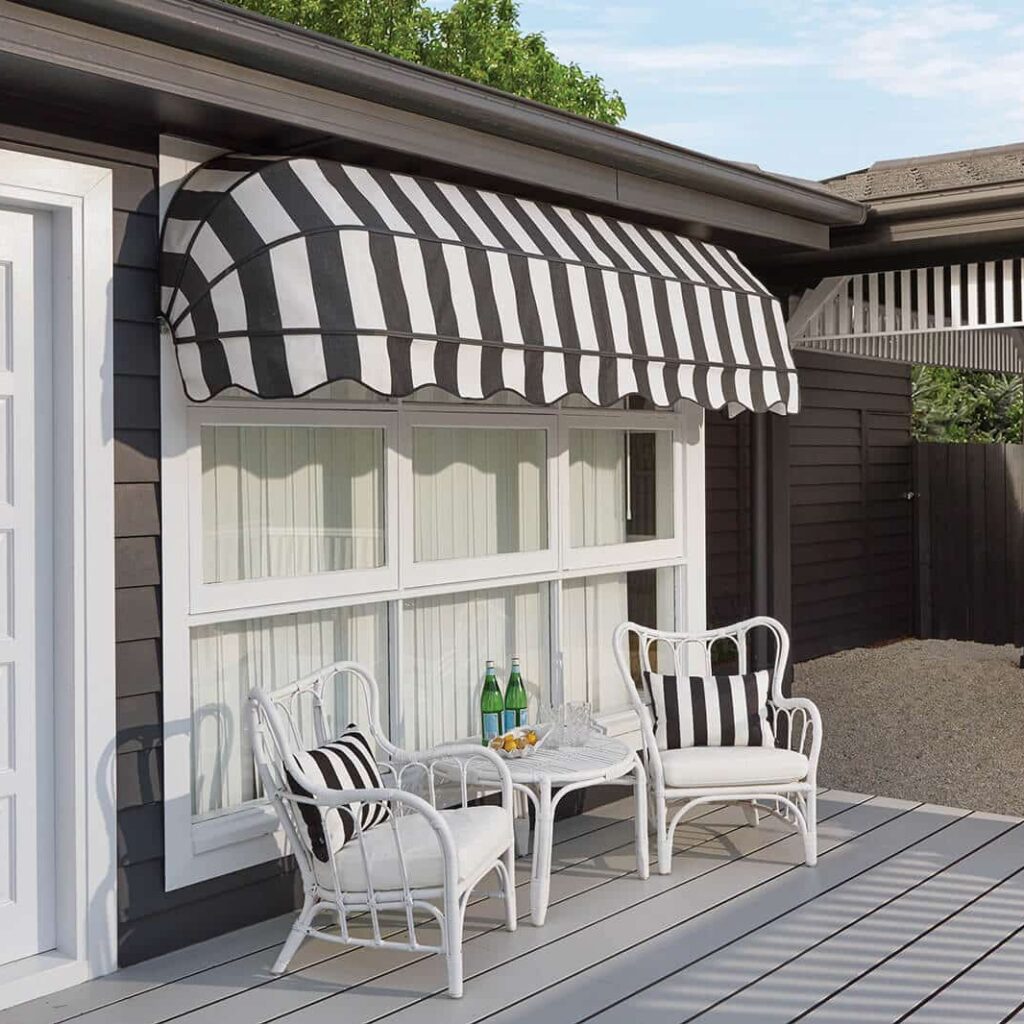
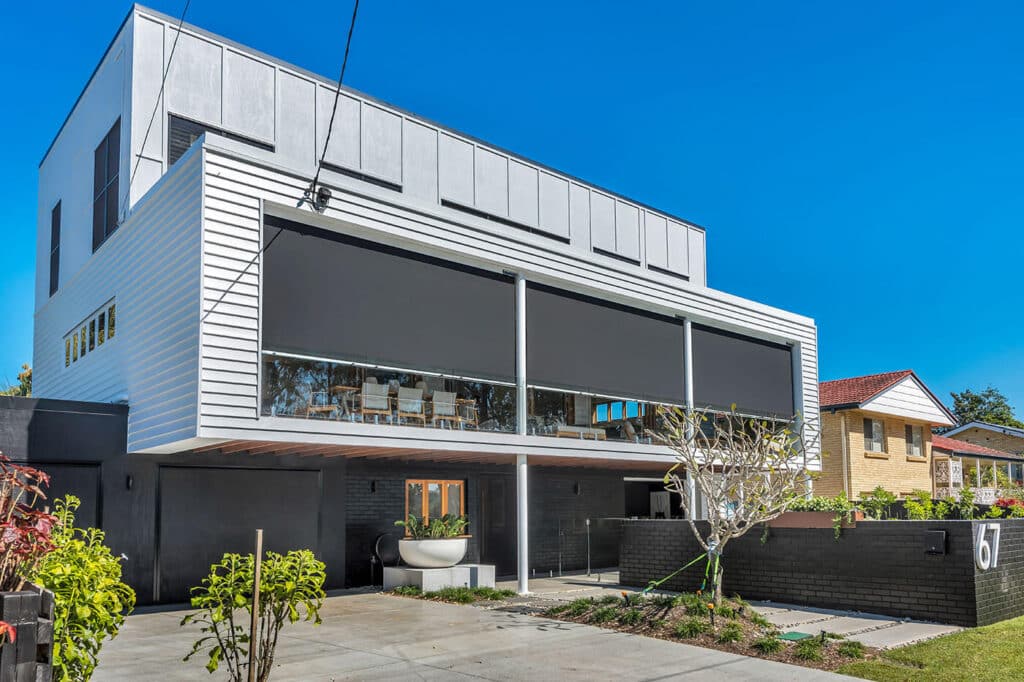
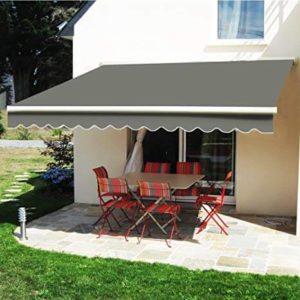
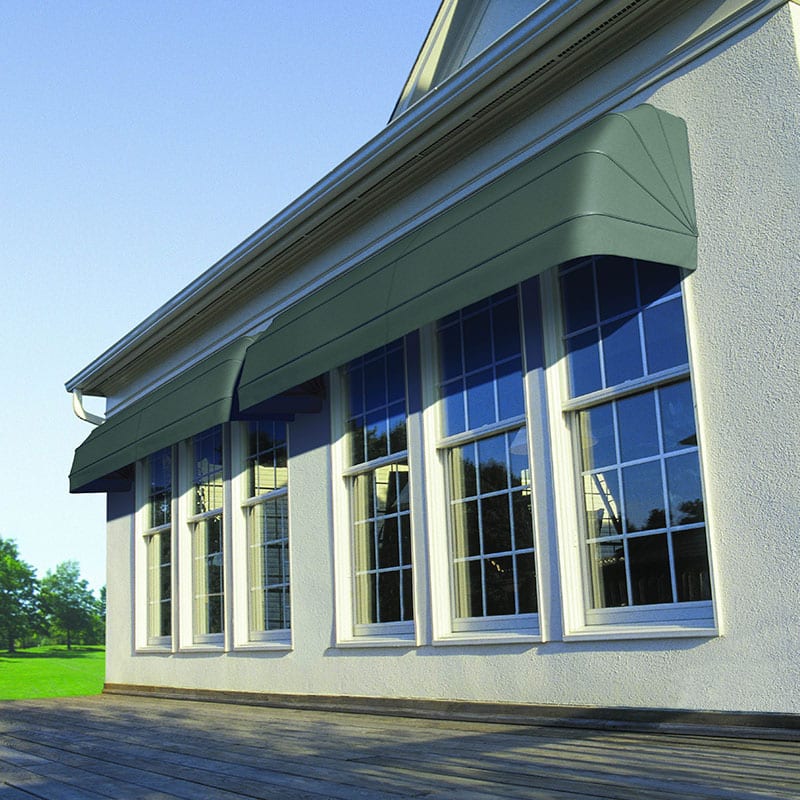
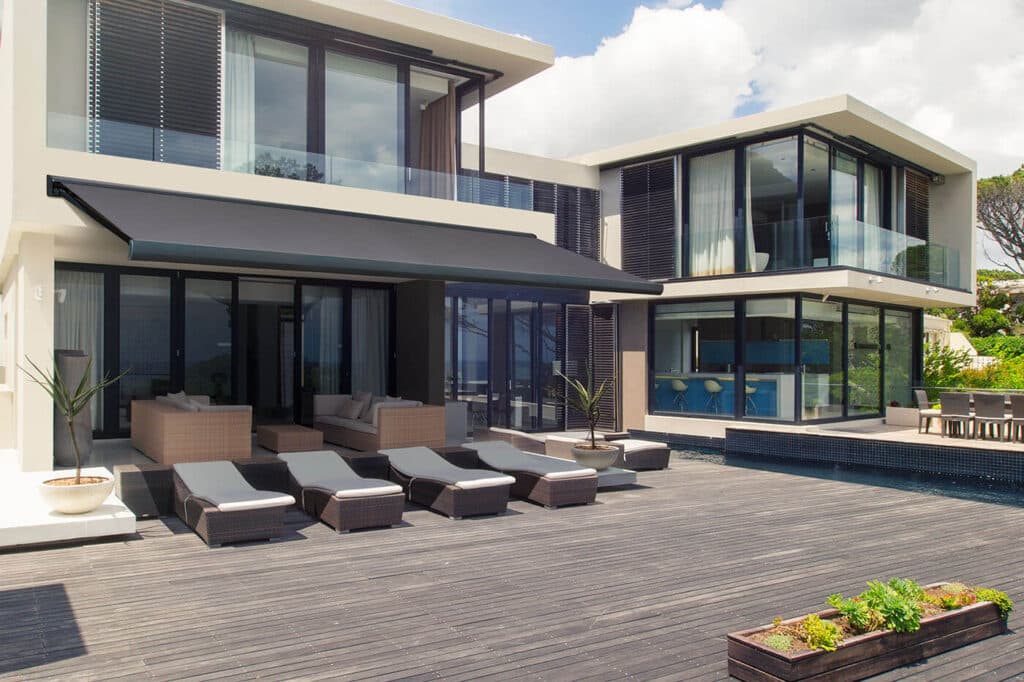
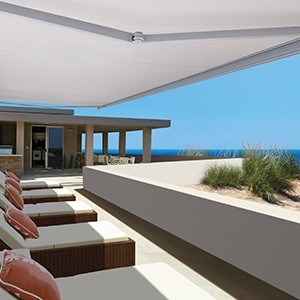
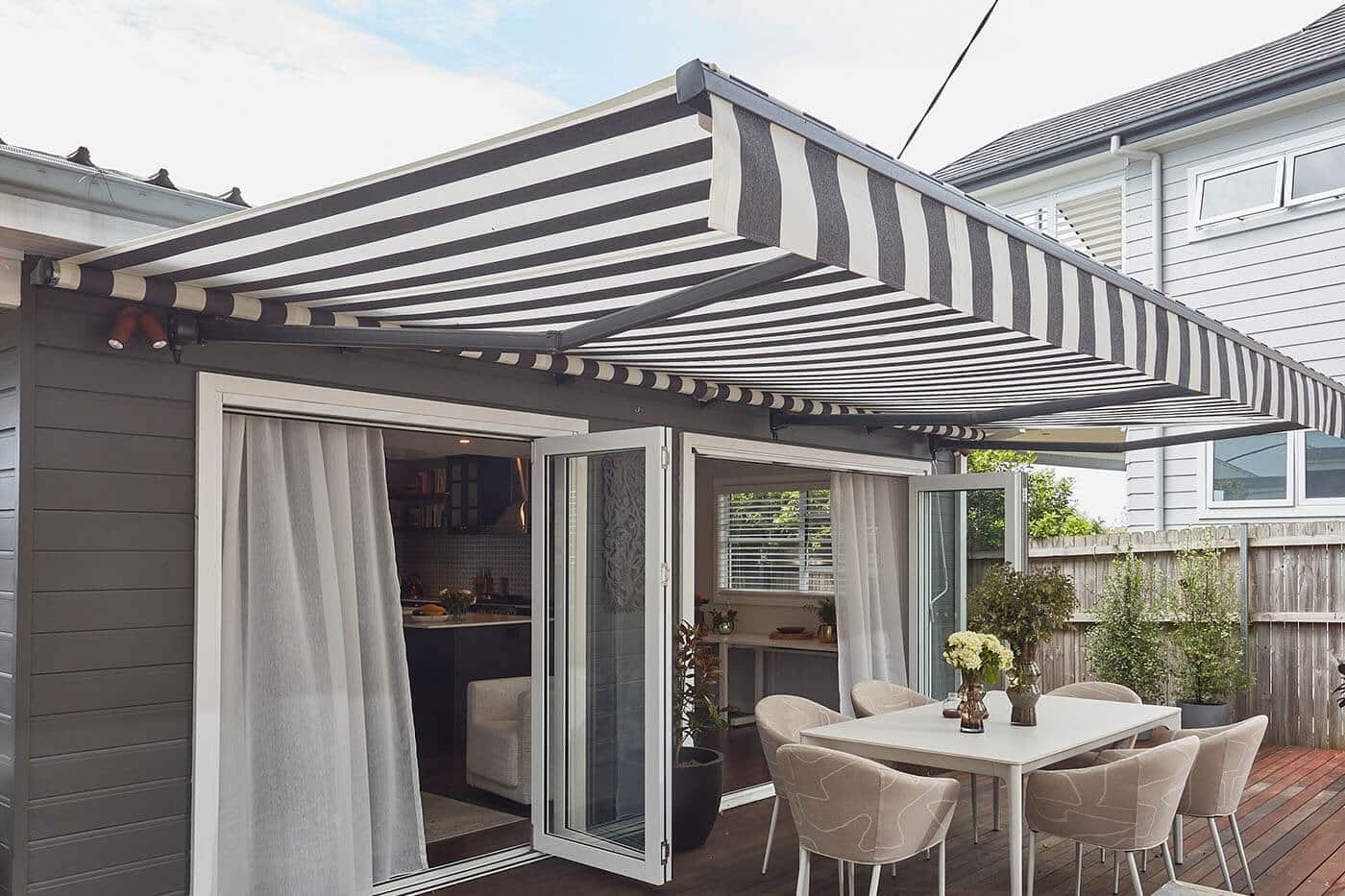
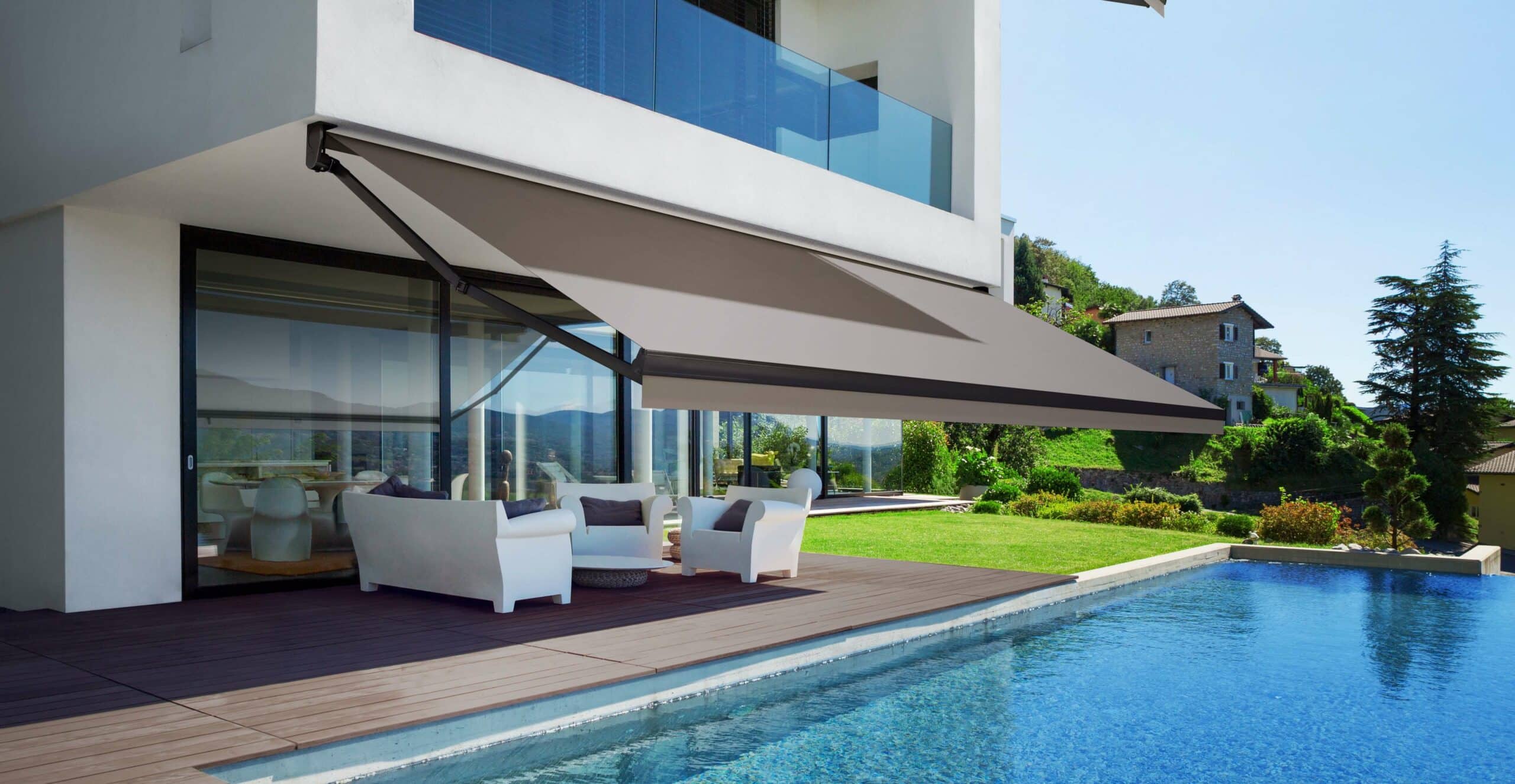
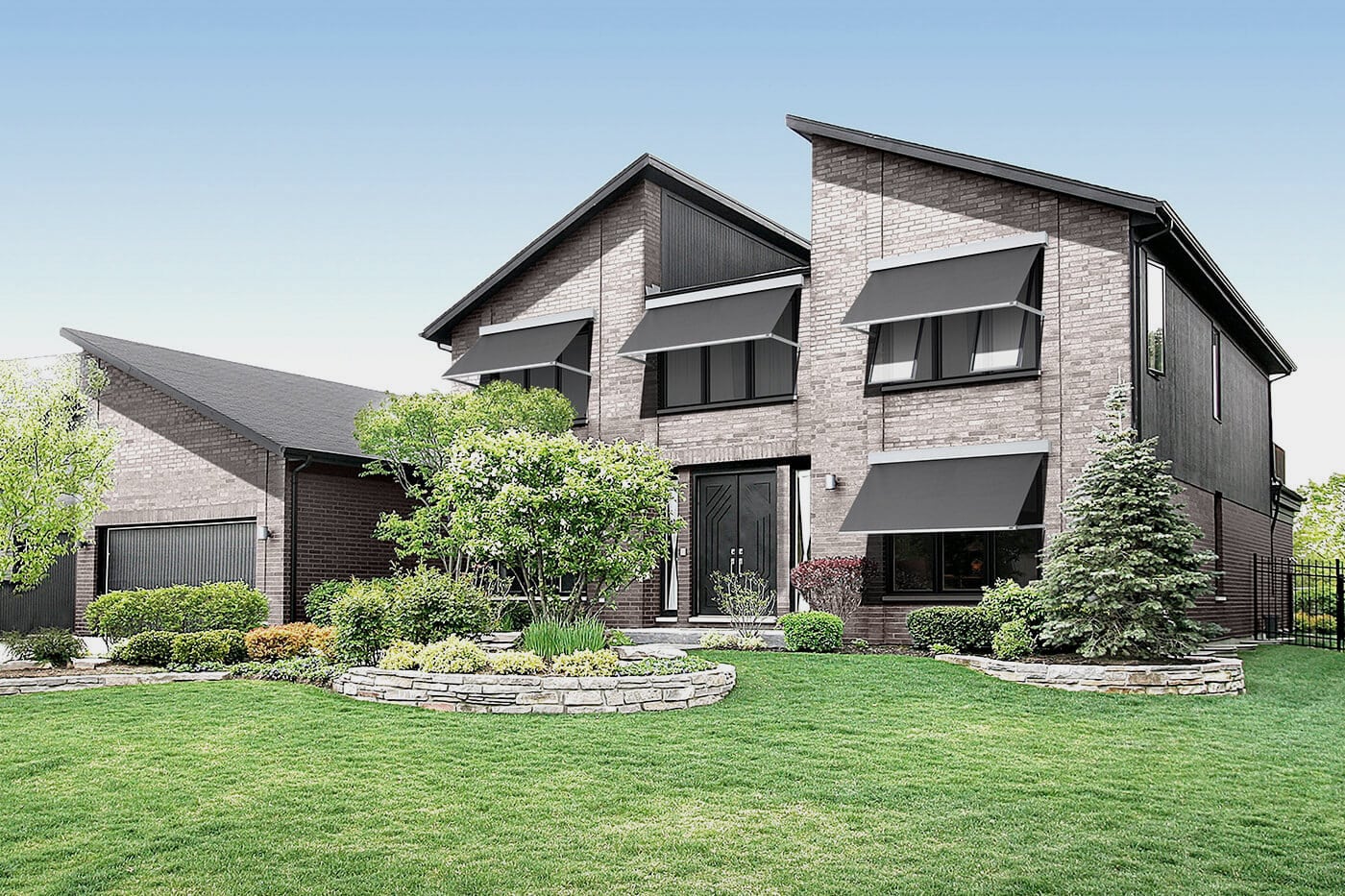
This Post Has 0 Comments